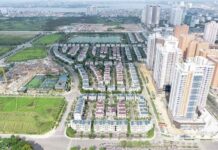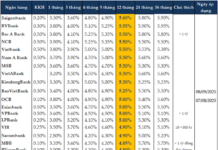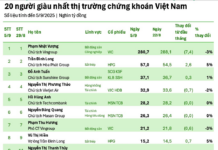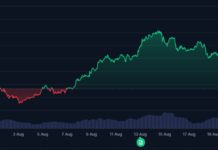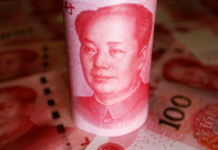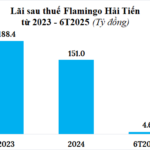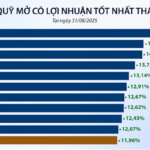On September 25, 2024, the Asian Development Bank (ADB) released its Asian Development Outlook (ADO) report, forecasting positive economic growth for Vietnam, with an estimated gross domestic product (GDP) growth rate of 6.0% in 2024 and 6.2% in 2025.
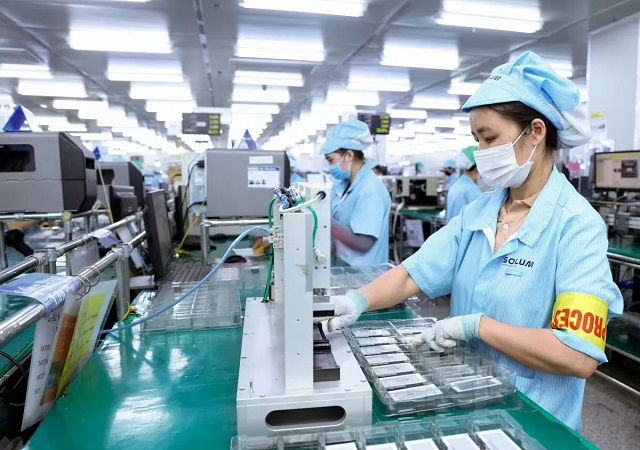
Vietnam’s economy witnessed a robust recovery in the first half of 2024 (Photo: KL)
|
According to ADB Country Director for Vietnam, Shantanu Chakraborty, the Vietnamese economy demonstrated resilience in the face of global uncertainties, with a strong recovery in the first half of 2024, supported by improved industrial production and robust trade activities.
The industrial sector remained the primary driver of growth, as strong external demand for key export electronics boosted production. The recovery in the services sector and stable agricultural output further contributed to Vietnam’s economic rebound. However, weak domestic demand and challenging global economic prospects added to the uncertainties.
Inflation is projected to rise slightly to 4% in both 2024 and 2025, although geopolitical tensions, including conflicts in the Middle East and Russia-Ukraine, could impact oil prices and potentially fuel inflationary pressures.
The ADB’s Asian Development Outlook report also highlighted several risks that could hinder Vietnam’s growth trajectory. These include weak external demand from major economies, geopolitical tensions, and uncertainties associated with the upcoming US elections in November, which could disrupt trade and negatively affect exports, production, and employment.
To boost domestic demand, ADB experts recommended more robust fiscal stimulus measures, such as accelerating public investment while maintaining low-interest rates. Policy coordination is essential to support economic recovery in the context of relatively stable prices and weak demand.
Additionally, Vietnam’s monetary policy will continue to focus on the dual objectives of price stability and growth support, despite limited policy space. However, the risk of increasing non-performing loans due to the continued extension of debt restructuring regulations constrains further monetary easing. Therefore, any additional monetary policy easing should be closely coordinated with expansionary fiscal policy and accompanied by accelerated institutional reforms to bolster the economy.
Nguyen Hoa
The Prime Minister Outlines Six Significant Impacts of the Fourth Industrial Revolution Center in Ho Chi Minh City
On the morning of September 25, Prime Minister Pham Minh Chinh attended the inauguration of the Center for the Fourth Industrial Revolution (C4IR) in Ho Chi Minh City, as part of his participation in the 5th Ho Chi Minh City Economic Forum. The Prime Minister also held a working session with the Center’s founding members, emphasizing the importance of this initiative in driving Vietnam’s digital transformation and economic growth.
“A Vision for Prosperity: Elevating Dong Nai’s Economy to the Forefront of Vietnam”
Working alongside the leadership of Dong Nai province, Prime Minister Pham Minh Chinh proposed that the province should embrace the spirit of “3 pioneers” and focus on 8 key tasks. The aim is to propel Dong Nai to the forefront of economic development in Vietnam, envisioning it as a province renowned for its civility, modernity, and high income, placing it among the nation’s elite.
The Evolving Trade Dynamics: US-Vietnam Bilateral Trade Nears $90 Billion Landmark
The latest figures from the Ministry of Industry and Trade reveal a robust bilateral trade relationship between Vietnam and the United States. In the first eight months of 2024, two-way trade between the nations soared to $87.7 billion, showcasing significant growth in both export and import activities.






